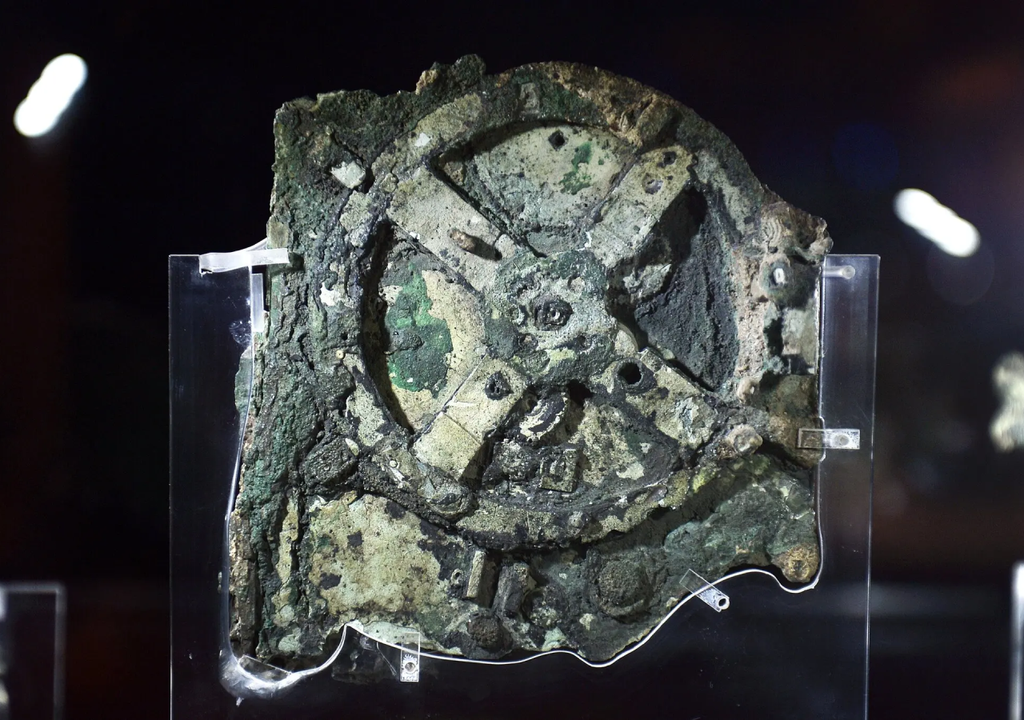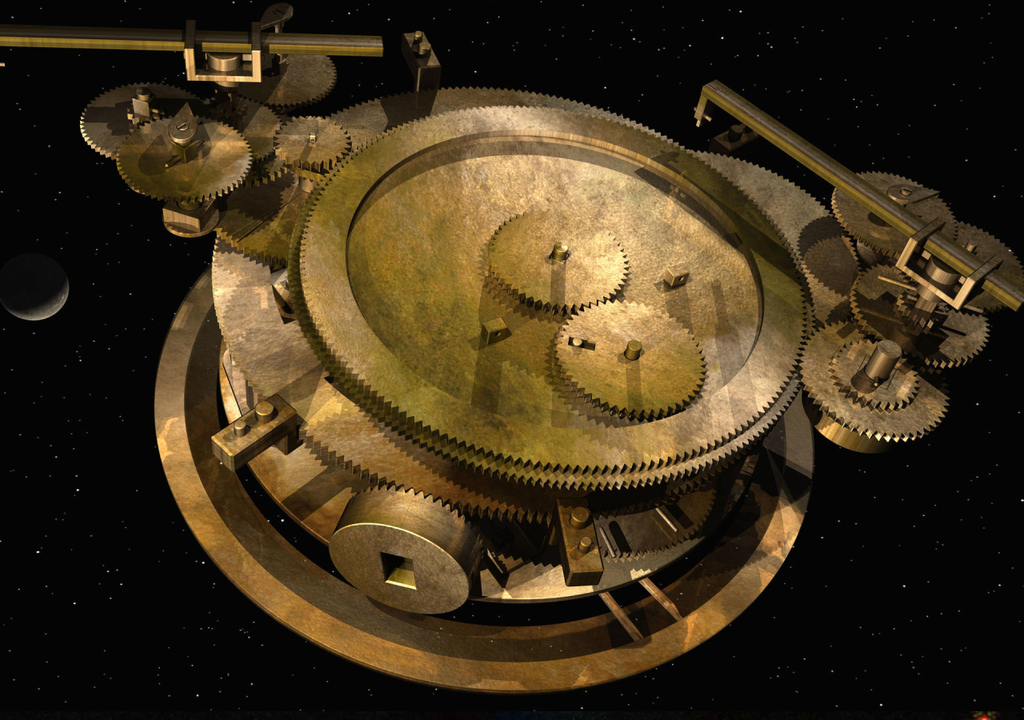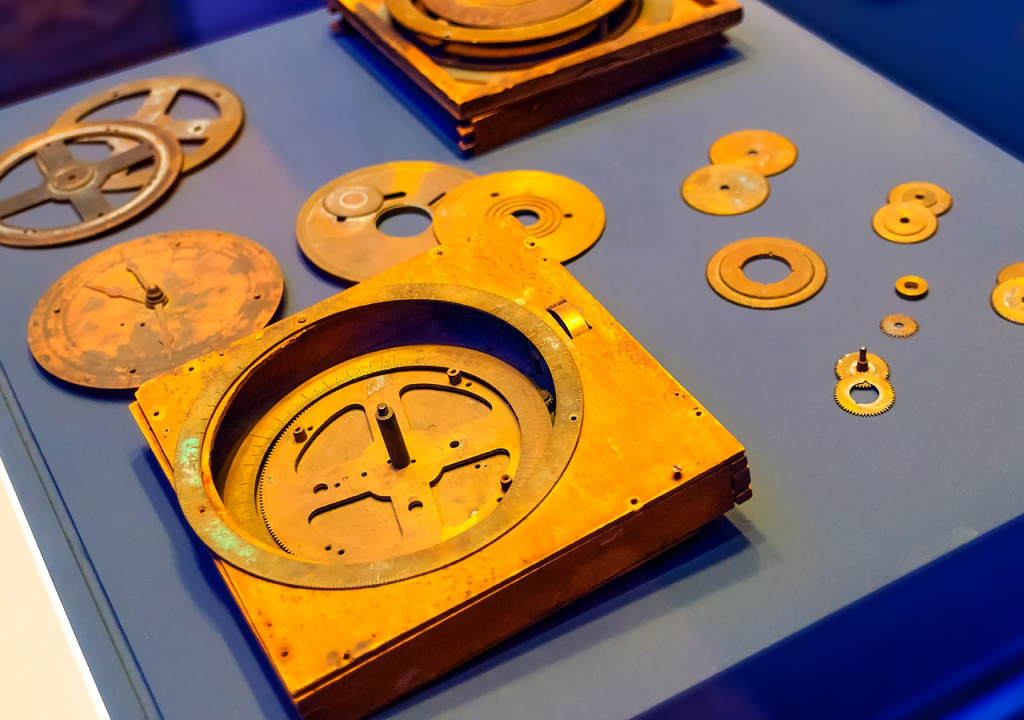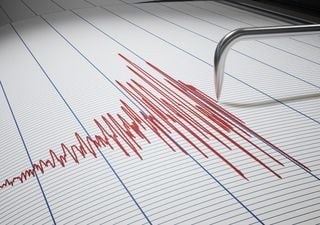Physicists discover how “computers” from 100 BC worked through techniques used in Astronomy
Mechanism that belonged to a Greek device from 100 BC was explained through techniques used in Astronomy. Find out about this "computer ancestor".

In 1901, a device that became known as the Antikythera mechanism was found near a Greek island of the same name. The device was found among the wreckage of a ship that sank near the island. Over the past century, many researchers and scientists have studied the mechanism that appeared to have complex parts that belonged to a computer ancestor.
The estimate is that the mechanism dates back to around 100 BC and surprised the researchers who studied it because of the complexity of the gear. Despite having been corroded by time with some parts missing, it was possible to estimate how it worked.
The conclusion was that the device worked as a kind of calculator to predict the position of the planets and the Moon in the sky. Recently, a group led by astrophysicist Graham Woan, a professor at the University of Glasgow, used astronomical techniques to detail the use of the device.
Using mathematical techniques, the group came up with precise answers about the functioning and use of the Antikythera mechanism. This made it possible to understand more about how the Greeks studied Astronomy.
Antikythera Mechanism
One of the world's first analog computers is considered to be the Antikythera mechanism. Approximately the size of a shoebox, the device was found in 1901 in the wreckage of a sunken ship. It is not known exactly why the device was placed on board the ship, but since its discovery, scientists have focused on understanding its function.

An interesting feature about the Antikythera mechanism is its complexity that has left many experts on Greek culture uncertain about the date. One of the first conclusions was that the device worked like a calculator that predicted the positions of planets and other stars.
Soon the idea was discarded because they considered it something too advanced for the time. However, the device is currently confirmed as a type of astronomical calendar that was used to measure periods and positions of stars such as the Sun and the Moon. Furthermore, it followed the movement of the planets known at the time as Mercury, Venus, Mars, Jupiter and Saturn. It is estimated that it was also used for navigation and season prediction.
.
Structures found
In 2020, a group of researchers continued the study of the structure by taking X-ray images to understand the internal structure. What the group found at the time were some holes that appeared regularly spaced. Despite this, part of the mechanism was missing and it was impossible to count exactly how many holes were originally present.
The first estimate was that there were between 347 and 367 holes present in a ring present in the device. The accepted idea was that there were probably 365 holes corresponding to a solar calendar similar to the one we use today. Despite the small difference, the difference from 347 to 367 could change a lot of things that were known about Greek culture.
Using gravitational wave techniques
With this in mind, astrophysicist Graham Woan used a statistical analysis technique to quantify how many holes the mechanism actually had. The technique is widely used within Astronomy, especially within the LIGO gravitational wave observatory. The study consisted of studying the probability of the number of holes by observing the holes that were still present.

The analysis called Bayesian analysis is one of the most important techniques within Mathematics, providing information with greater precision. According to Woan, the device would have 354 or 355 holes, 10 fewer than previously estimated. The 355 holes then correspond to a lunar calendar rather than a solar calendar.
Controversies
Using a calendar type can provide information on how cultures counted the passage of time. The solar calendar obtained by the device was similar to the Egyptian calendar of the time. Some experts argue that Woan's work is not correct because it would not make sense for a lunar calendar to be there.
This is not the first time that the Antikythera mechanism has been controversial. Since its discovery, researchers have argued that the date could be wrong after it was dismantled by nature. Some argue that the object is too complex to have been created at that time.








